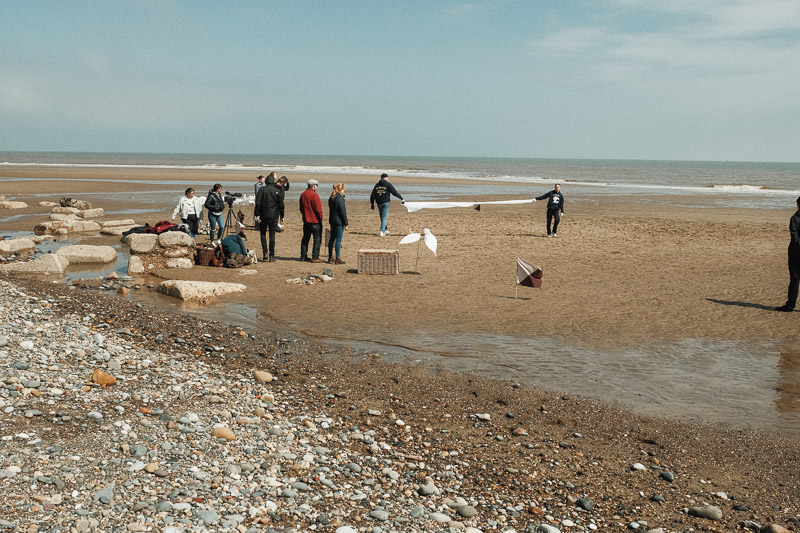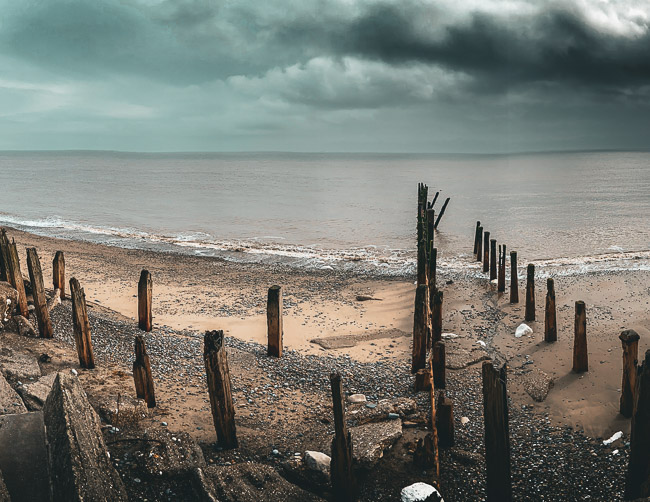Today, we took a crucial step in our creative research journey by selecting the perfect location for our site-specific performance—a stunning stretch of flat sand just seaward of the northern section of Beacon Lagoons. This remarkable spot sits on the edge of a Site of Special Scientific Interest (SSSI), known for its rare and diverse ecosystems. The Lagoons are home to a variety of nationally scarce plant life, like the spiral tasselweed, and an array of unique coastal creatures, including rare crustaceans and molluscs that thrive in this hybrid habitat where saltwater meets freshwater.
The surrounding landscape is equally breathtaking. With a mosaic of saltmarshes and sparsely vegetated sand, the site supports flora like sea aster and mud rush, alongside more common species such as glasswort and red fescue. Nearby, towering sand dunes covered in marram grass provide both inspiration for my poetry and a focal point for our choreography. It’s a place where nature’s resilience and fragility exist side by side—a theme that will resonate deeply with the core of our performance.
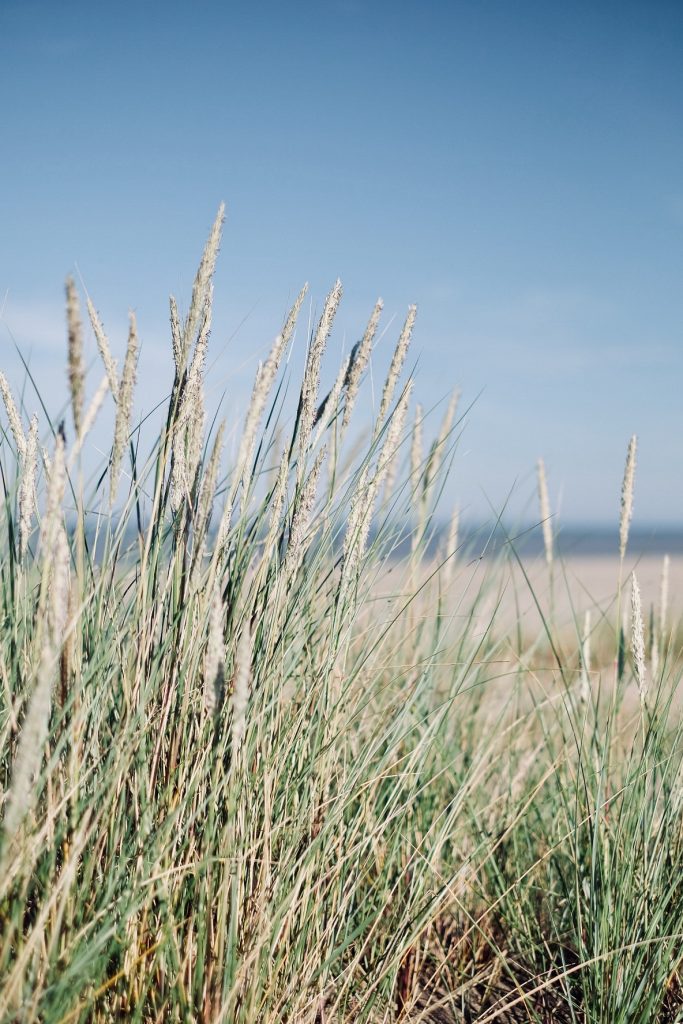
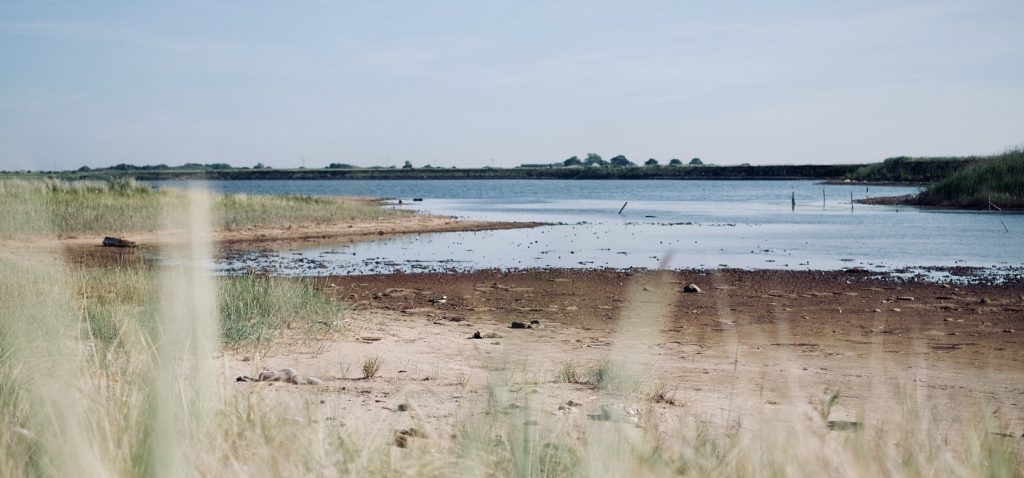
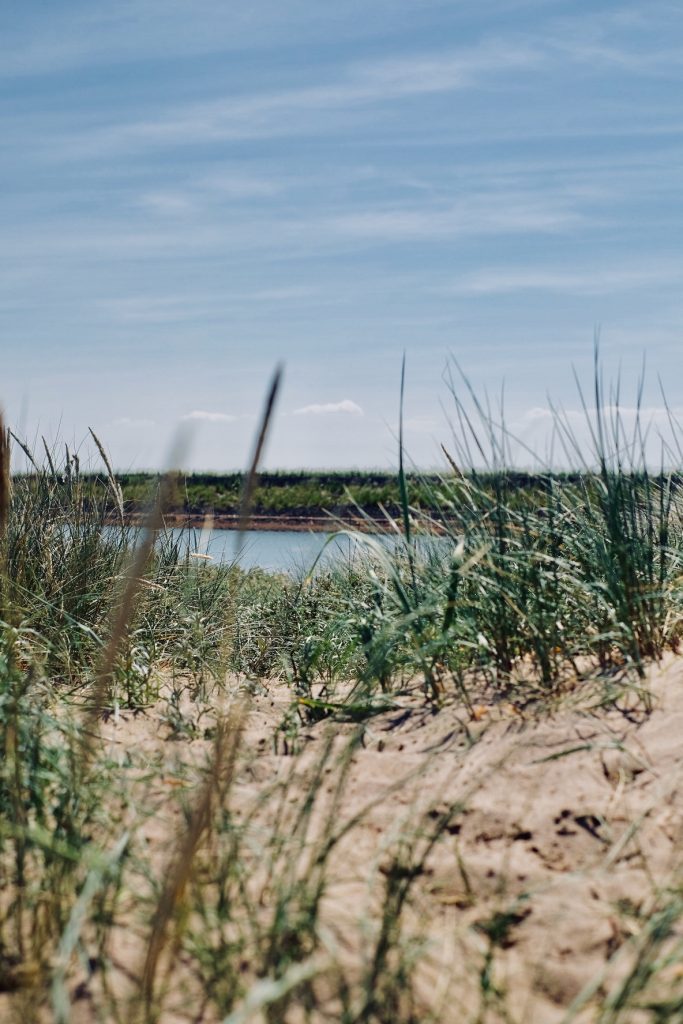
One of the most special aspects of the area is its significance to migrating birds, particularly the little tern colonies that travel all the way from West Africa to breed here. This made the choice of our final performance site even more delicate. To protect the nesting birds, we opted for a flat, accessible patch of sand where performers and the audience could gather without disturbing the wildlife.
Between our site and Beacon Lagoons, we discovered several anti-tank blocks from WWII, now acting as an unintentional sea defence due to coastal erosion. These relics, which have shifted onto the beach, now play a vital role in protecting the Lagoons from storm surges—a fascinating reminder of how history and nature are constantly intertwined.


